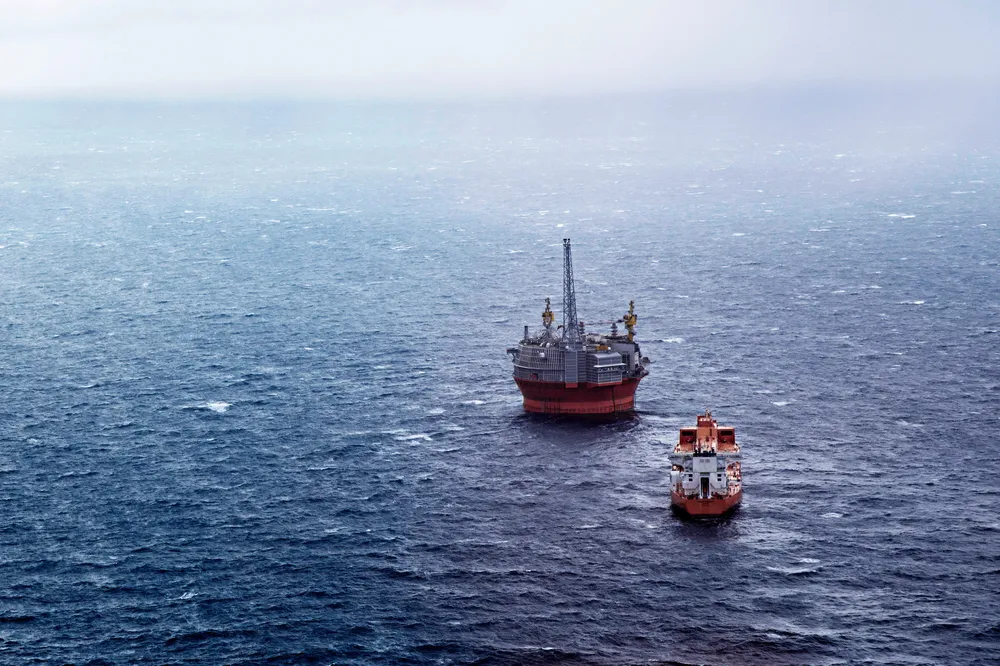Meet the Barents: momentum builds in Norway’s far north
Equinor, Vaar Energi and Aker BP are the leading operators chasing rewards in remote offshore play

Equinor, Vaar Energi and Aker BP are the leading operators chasing rewards in remote offshore play
